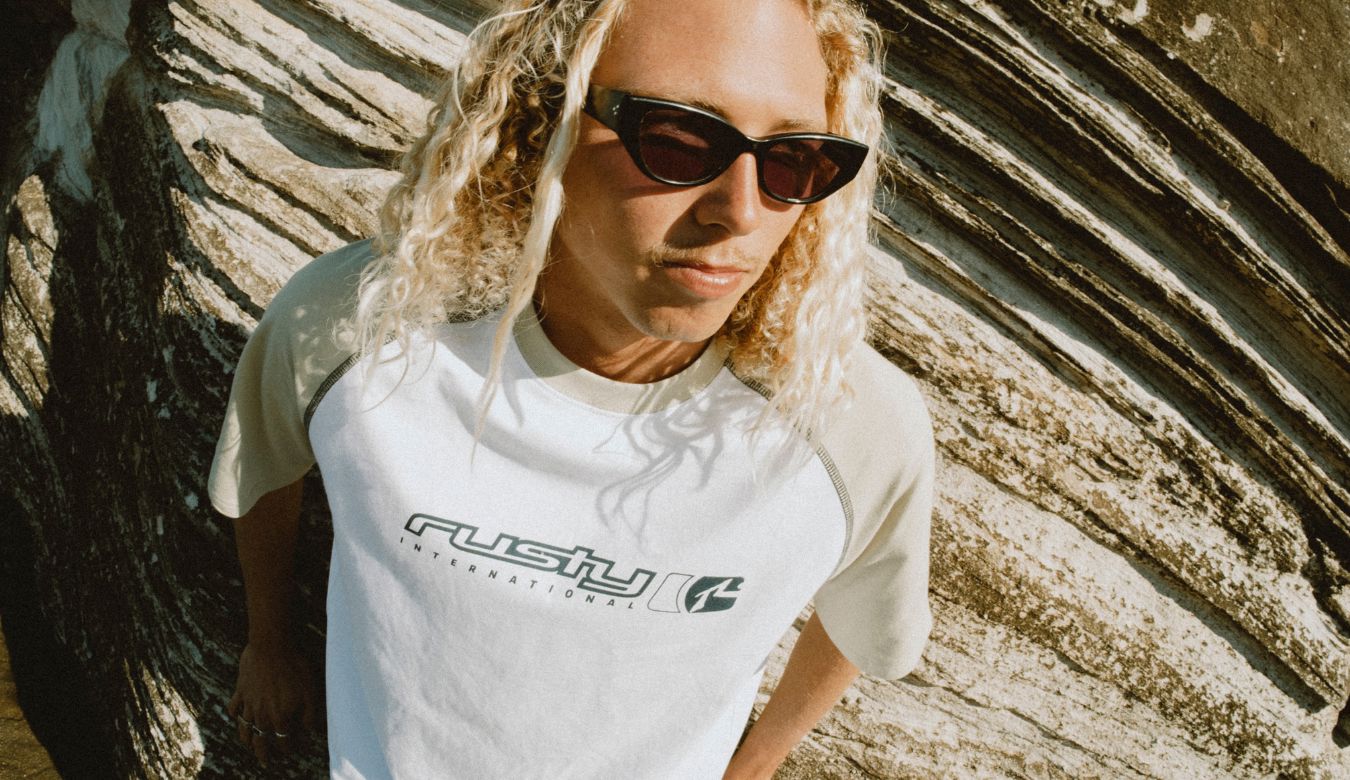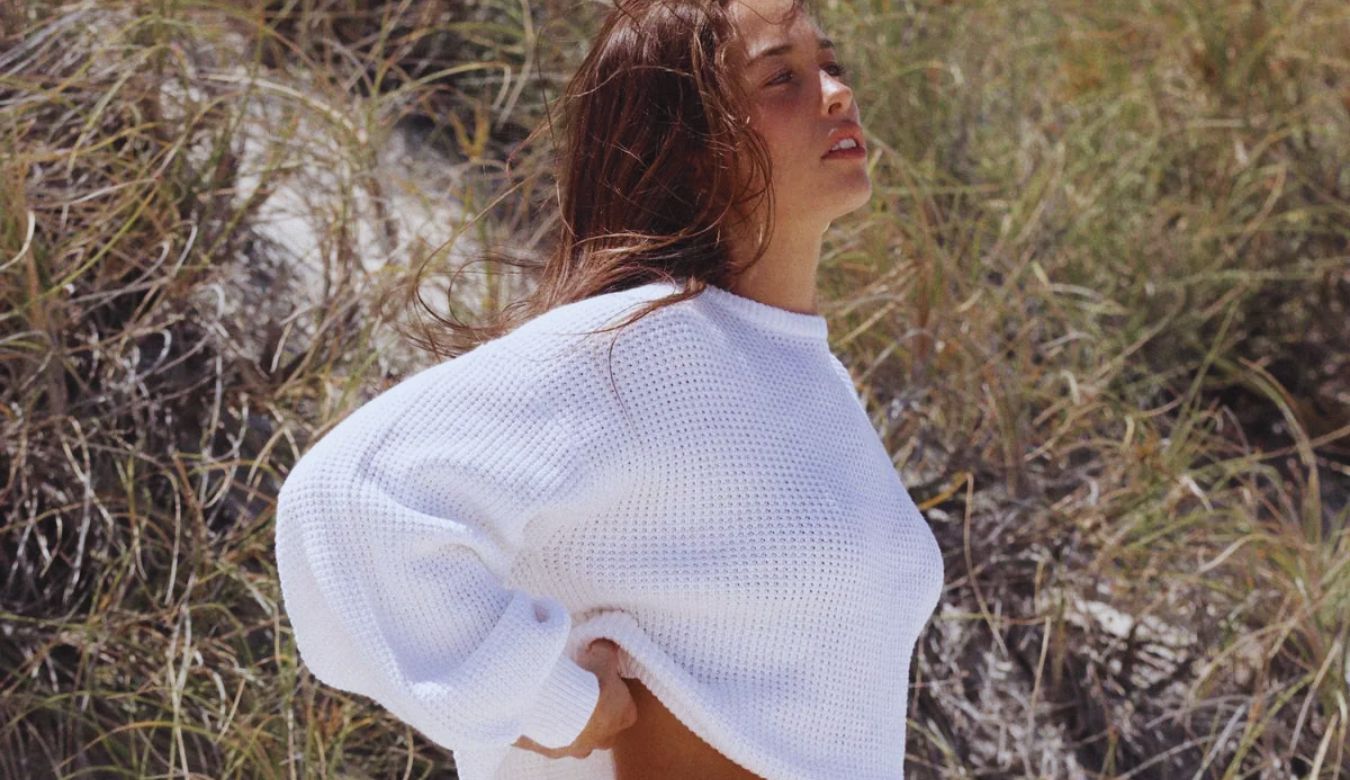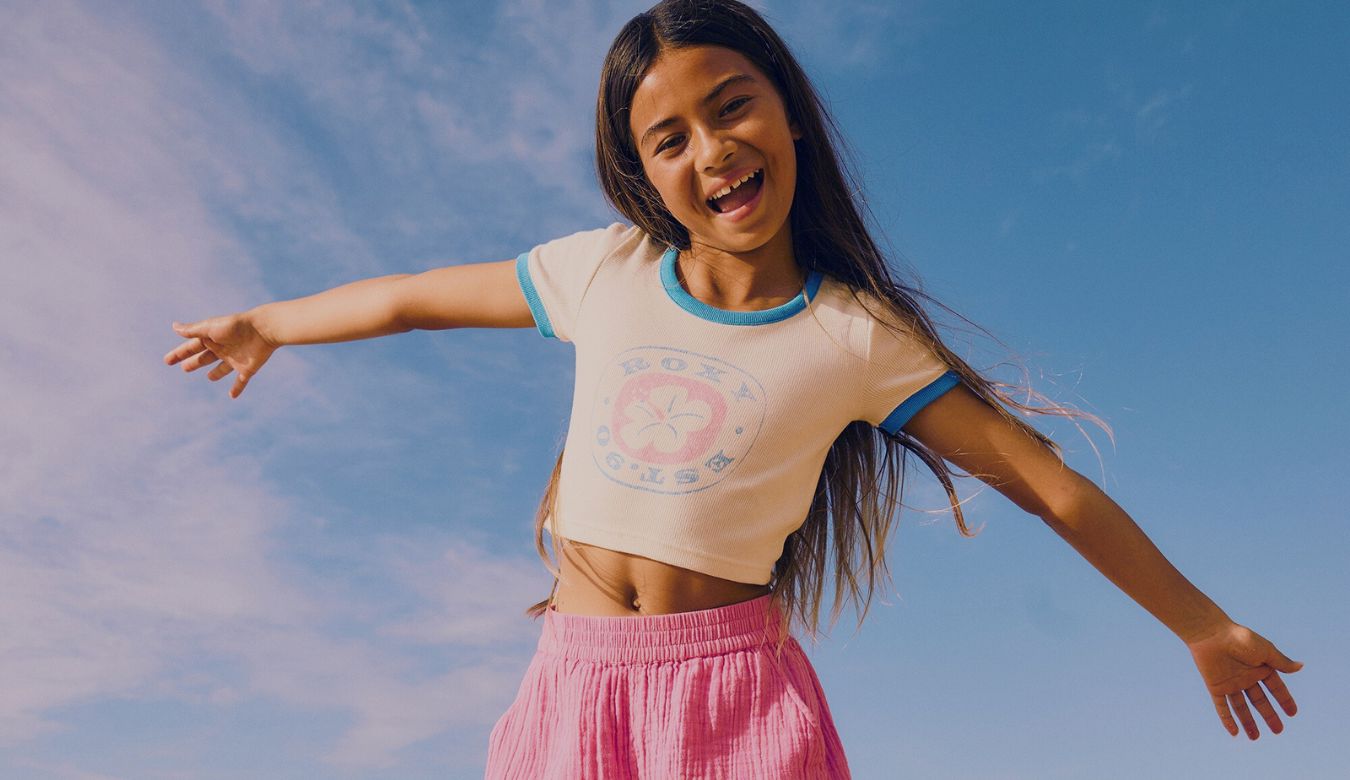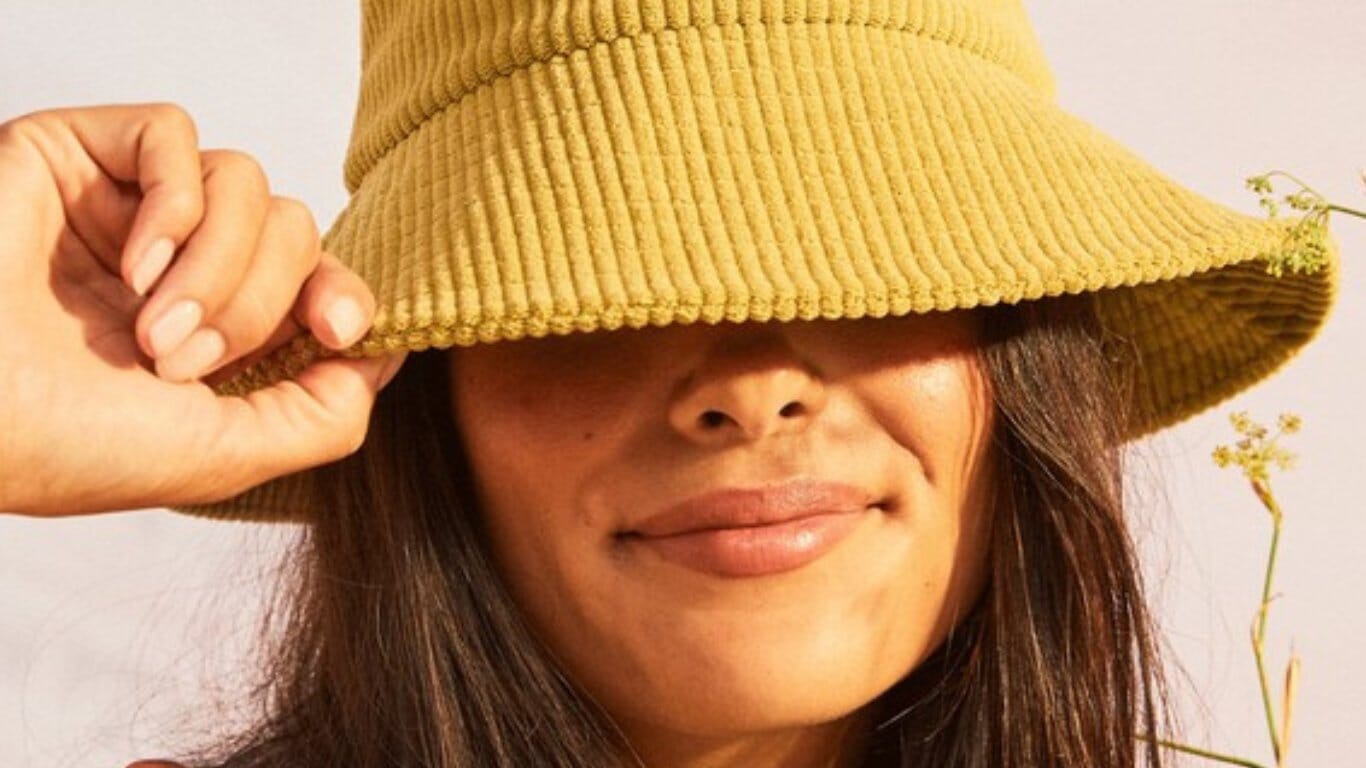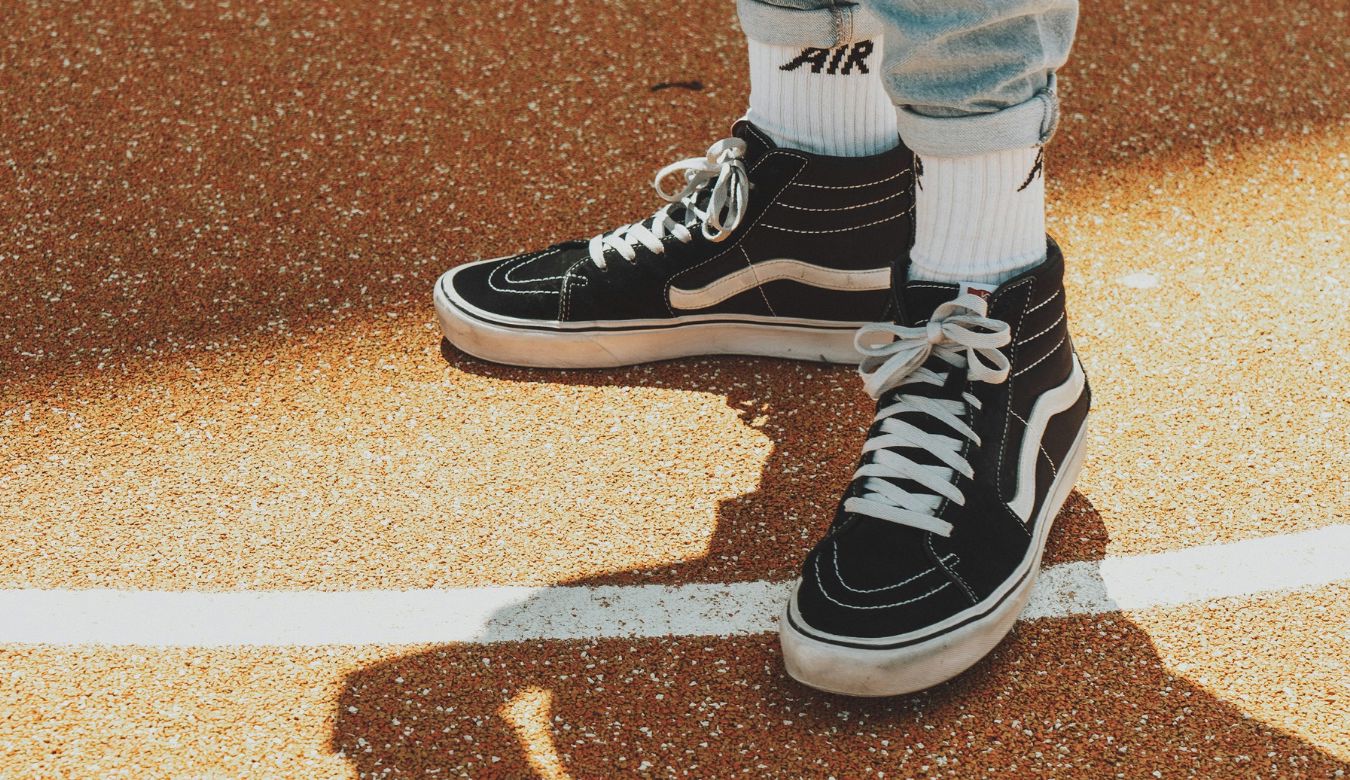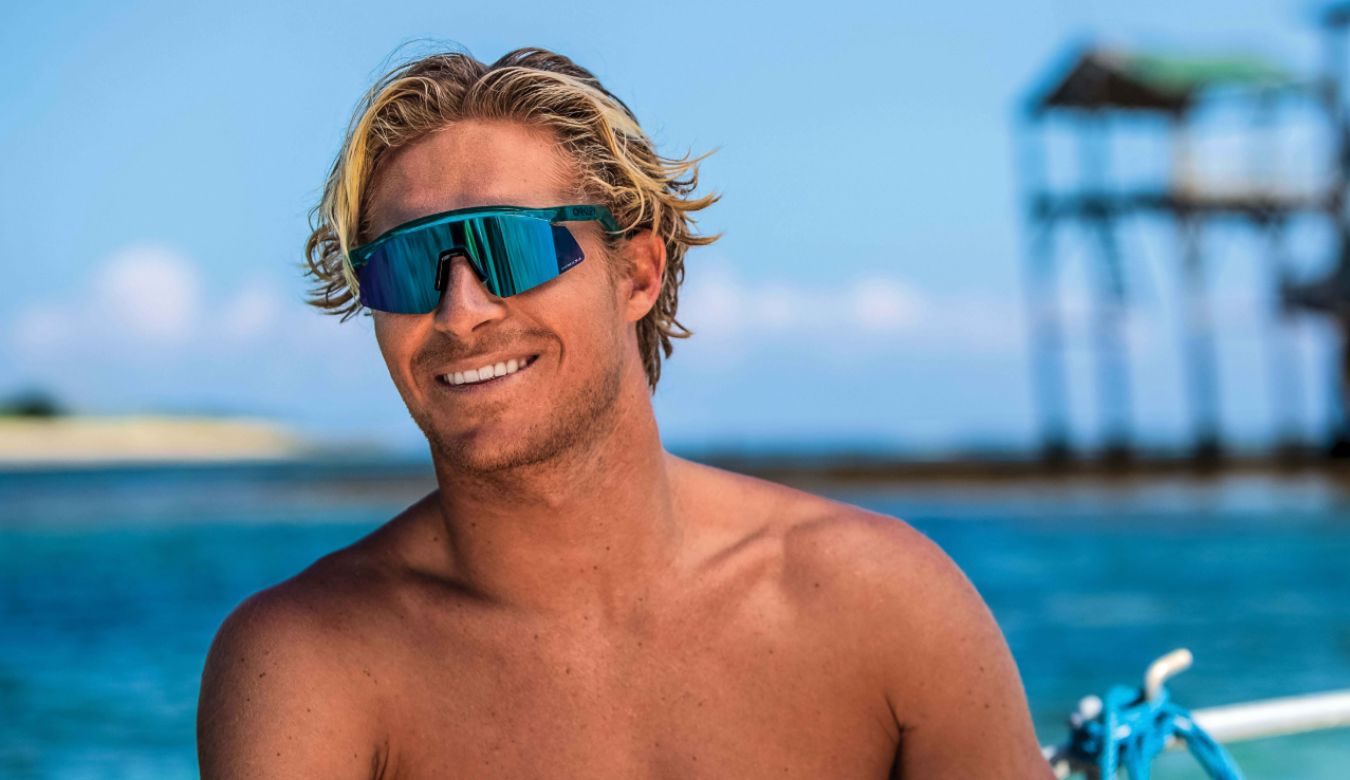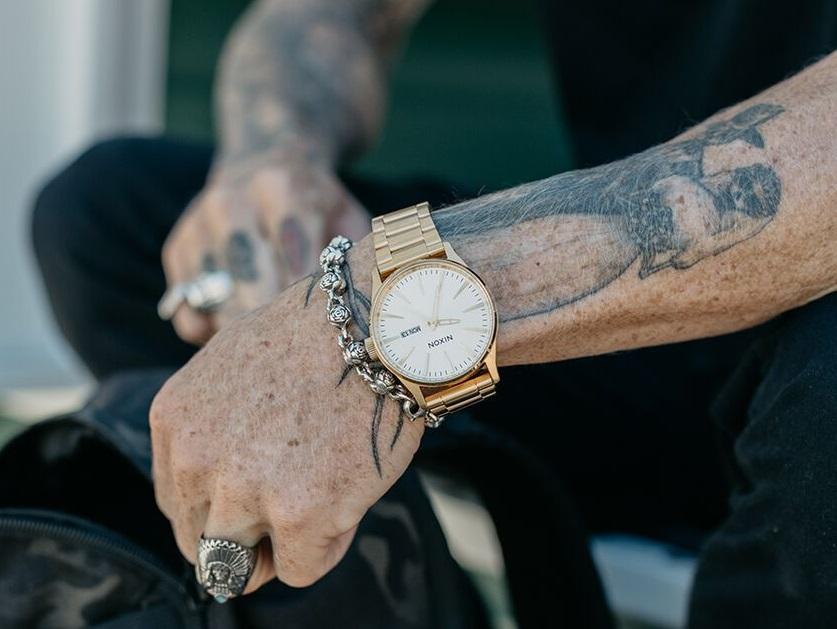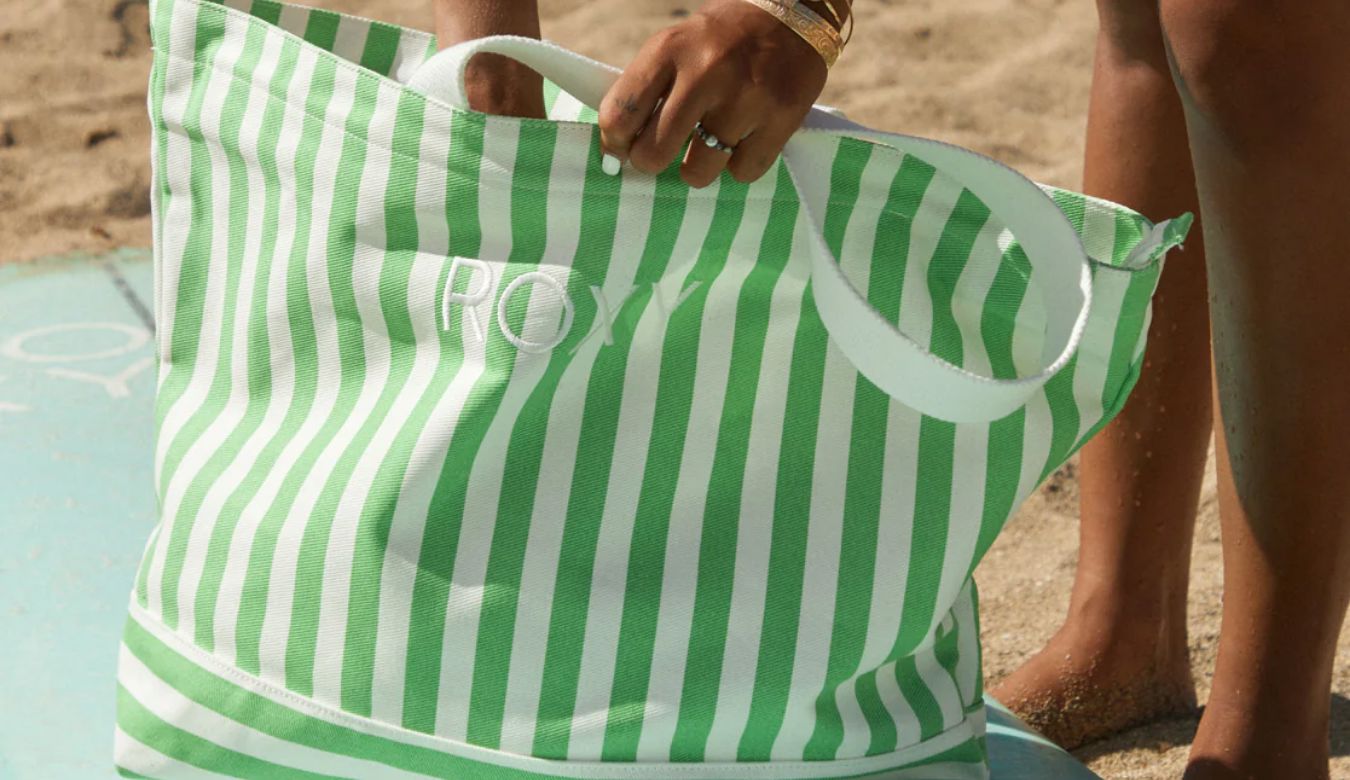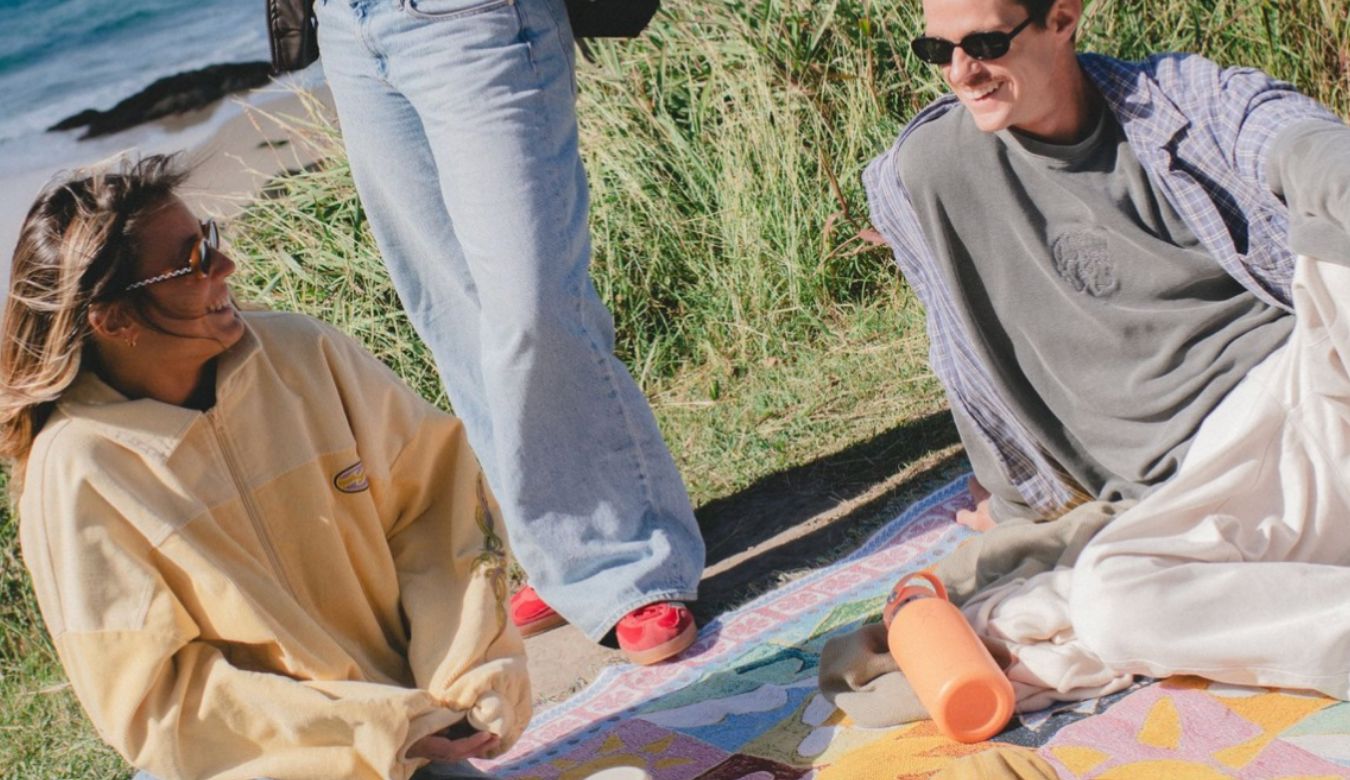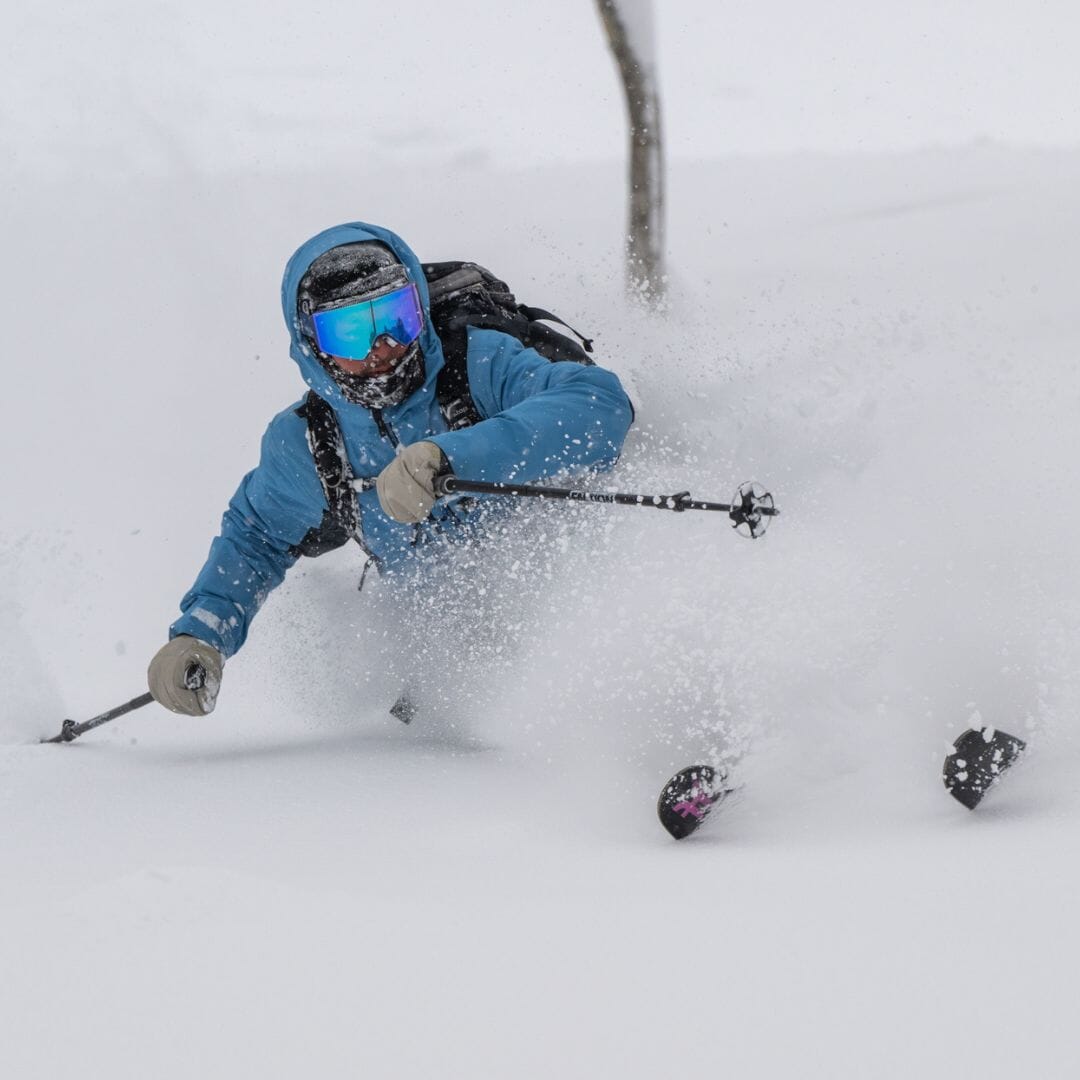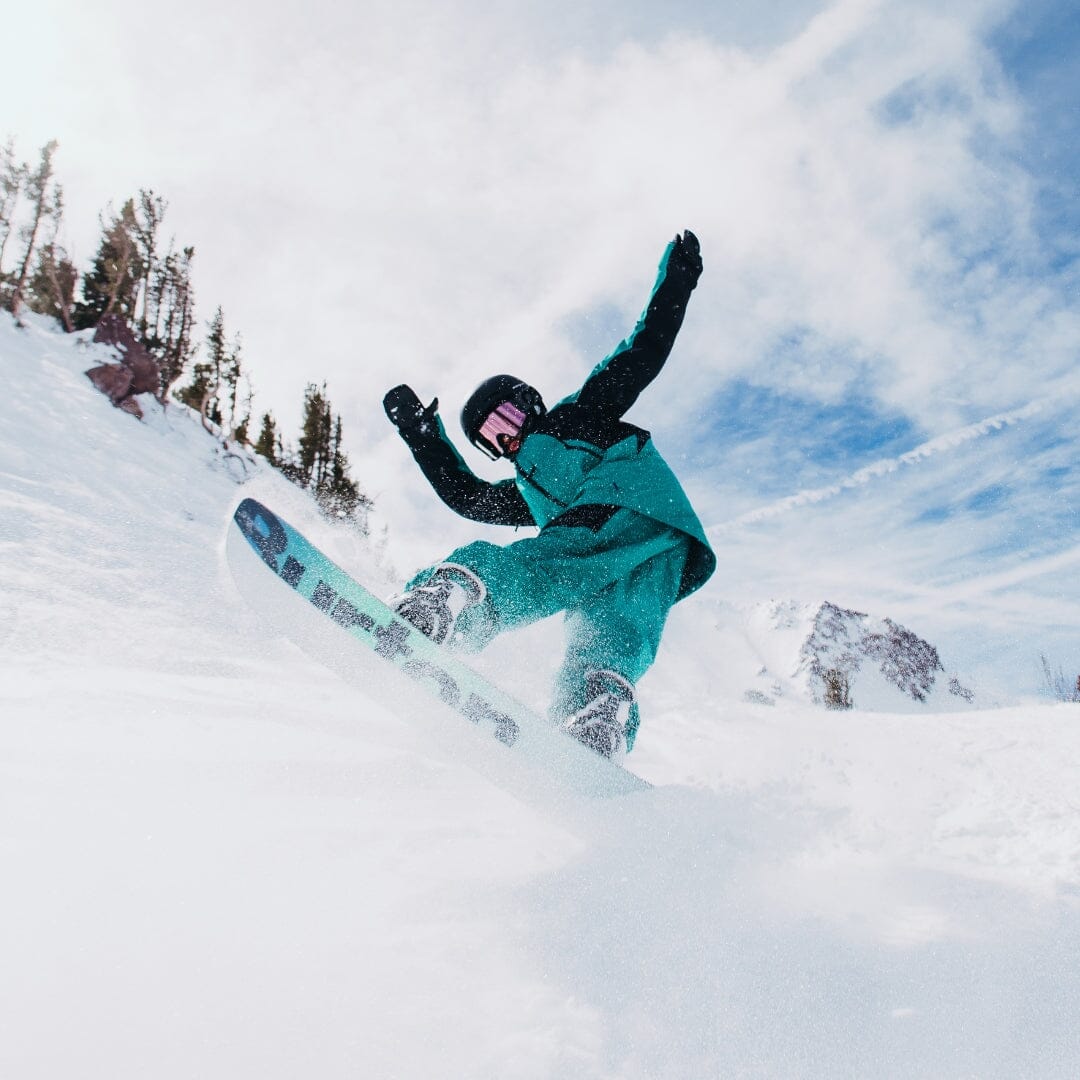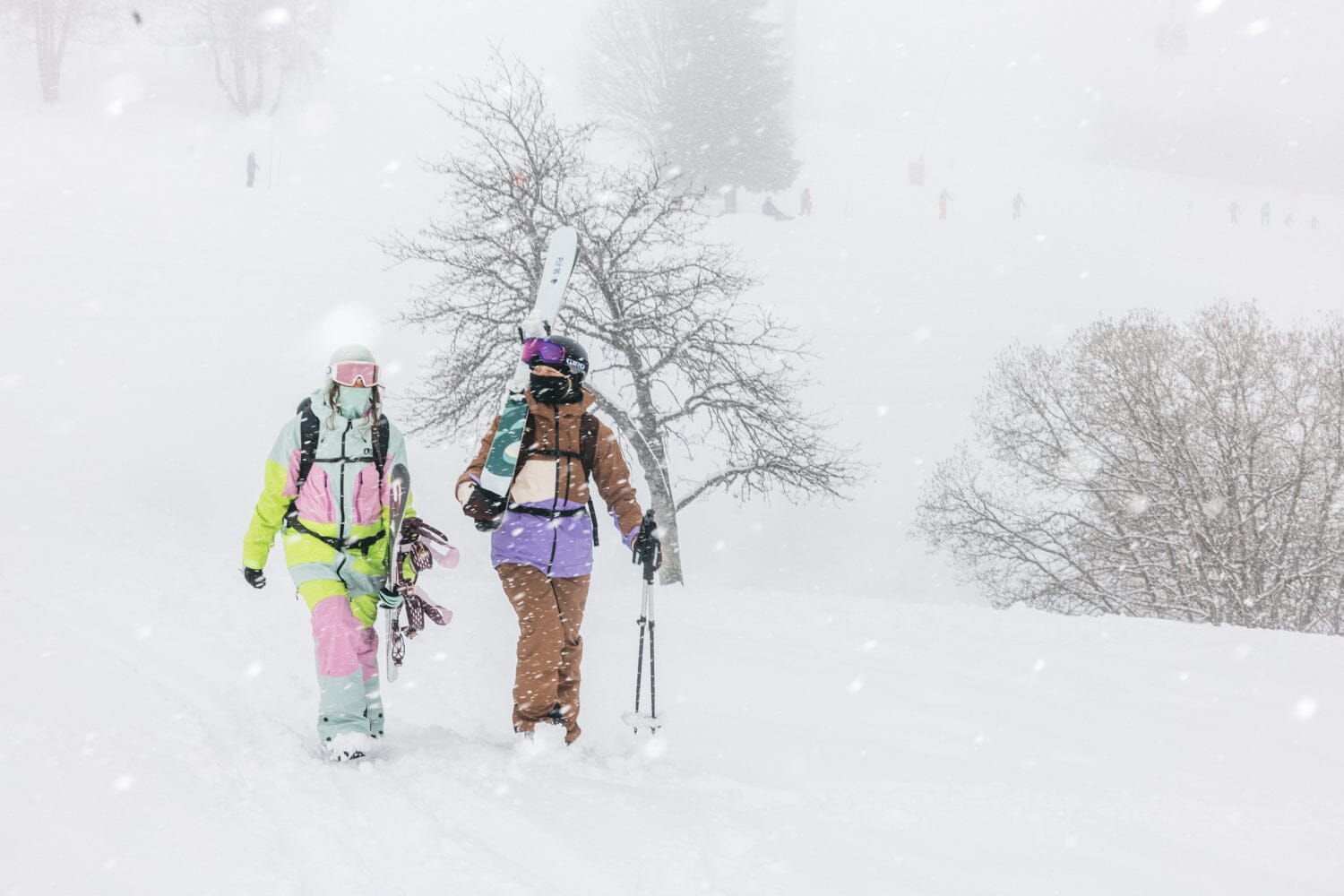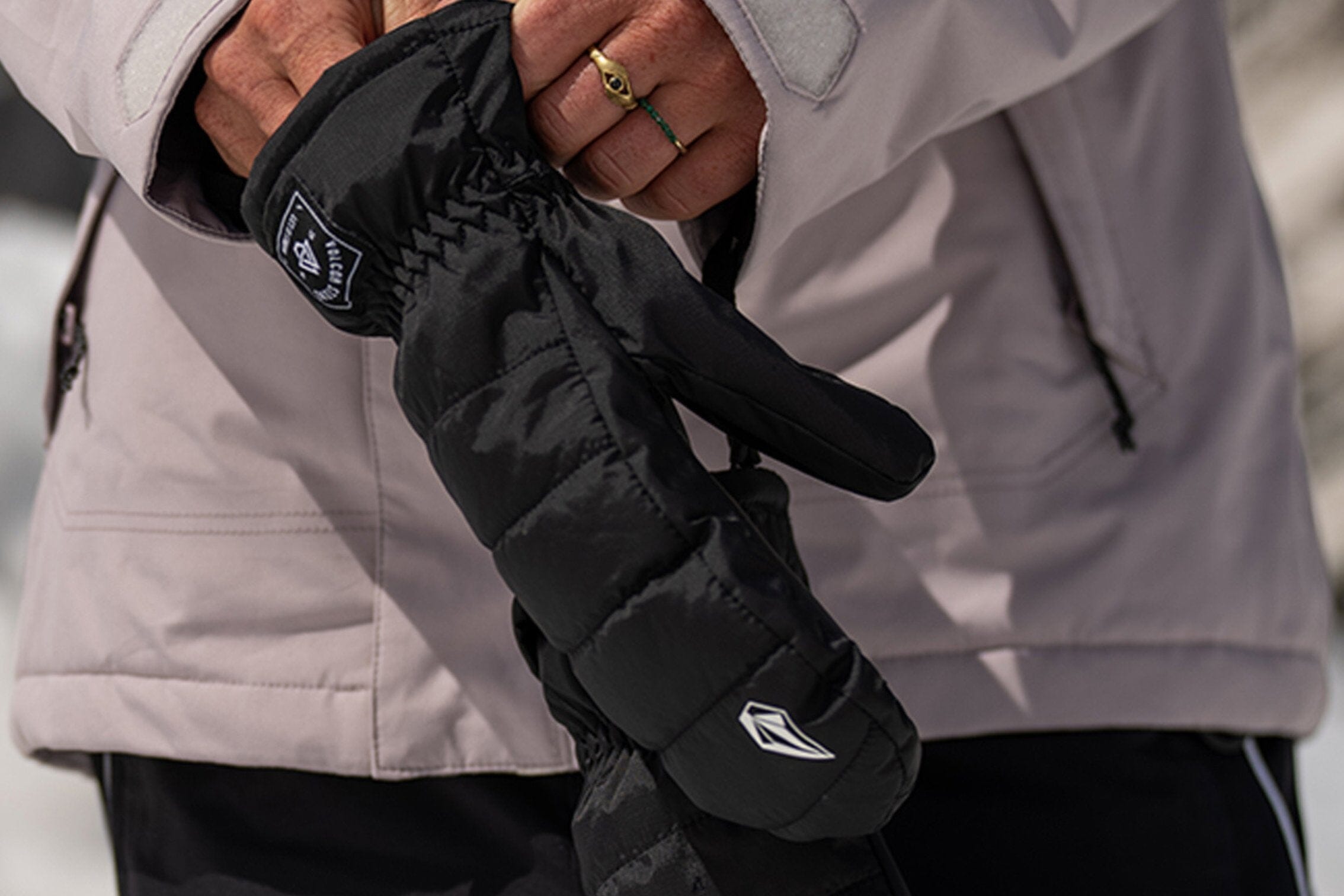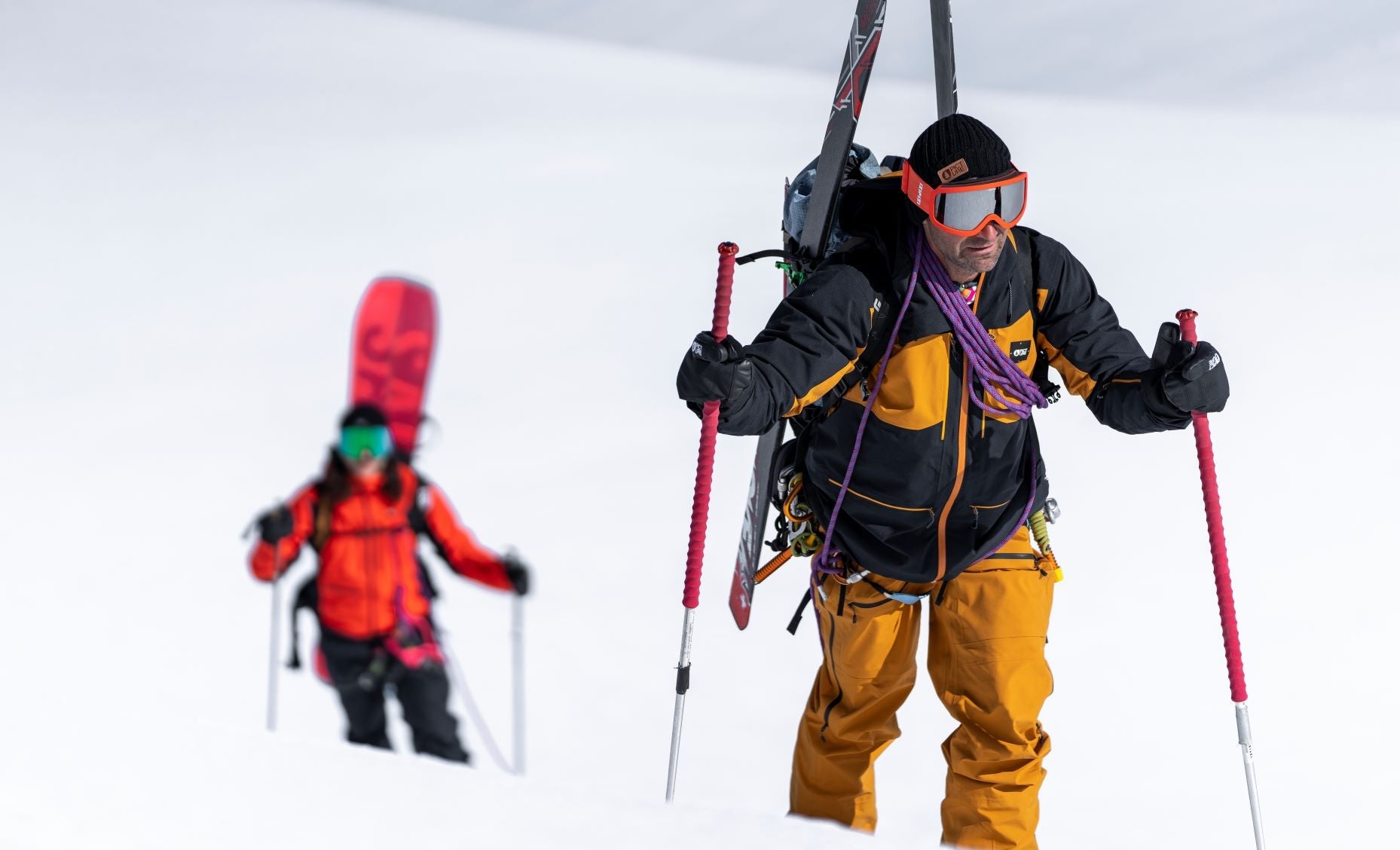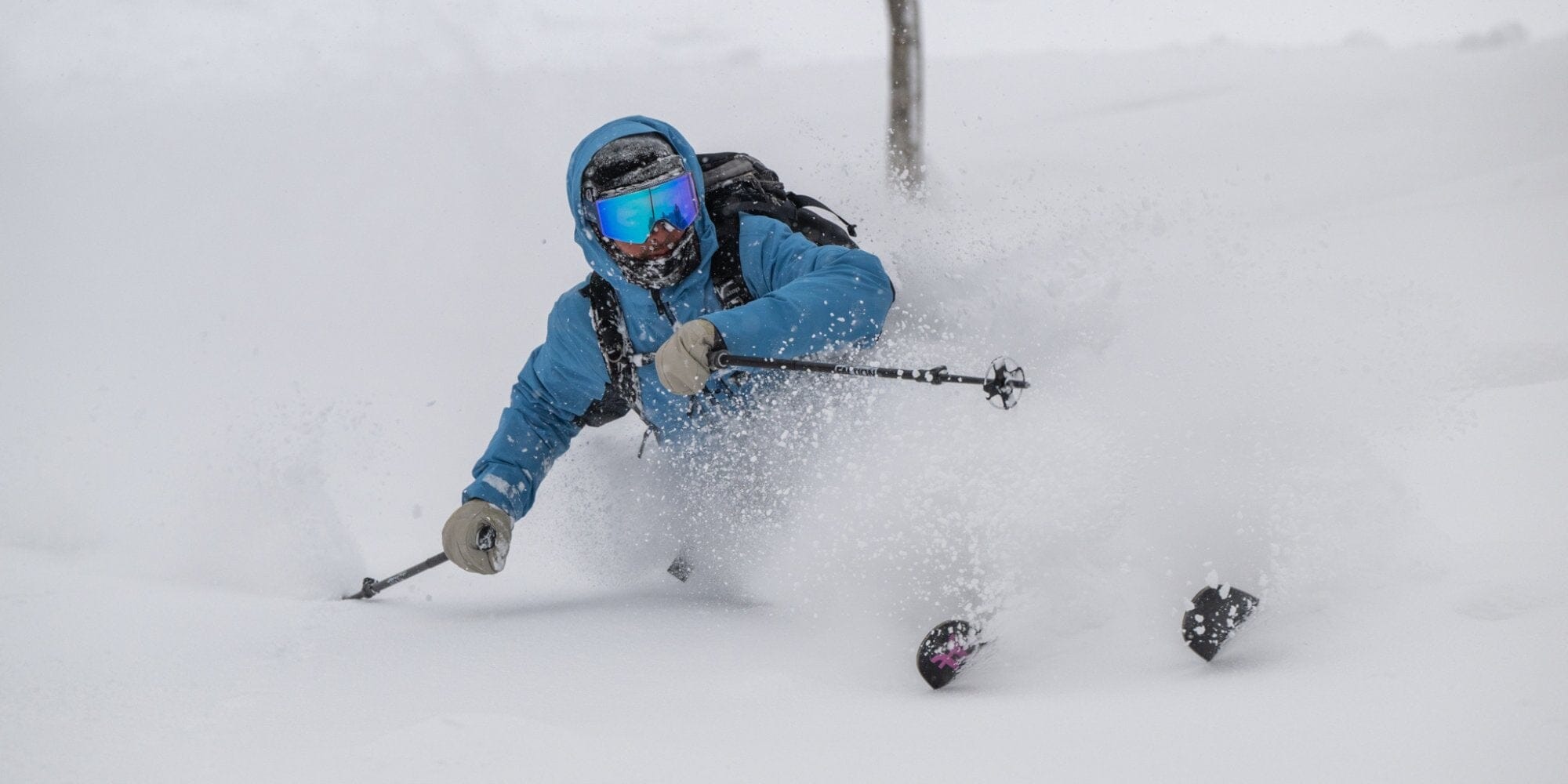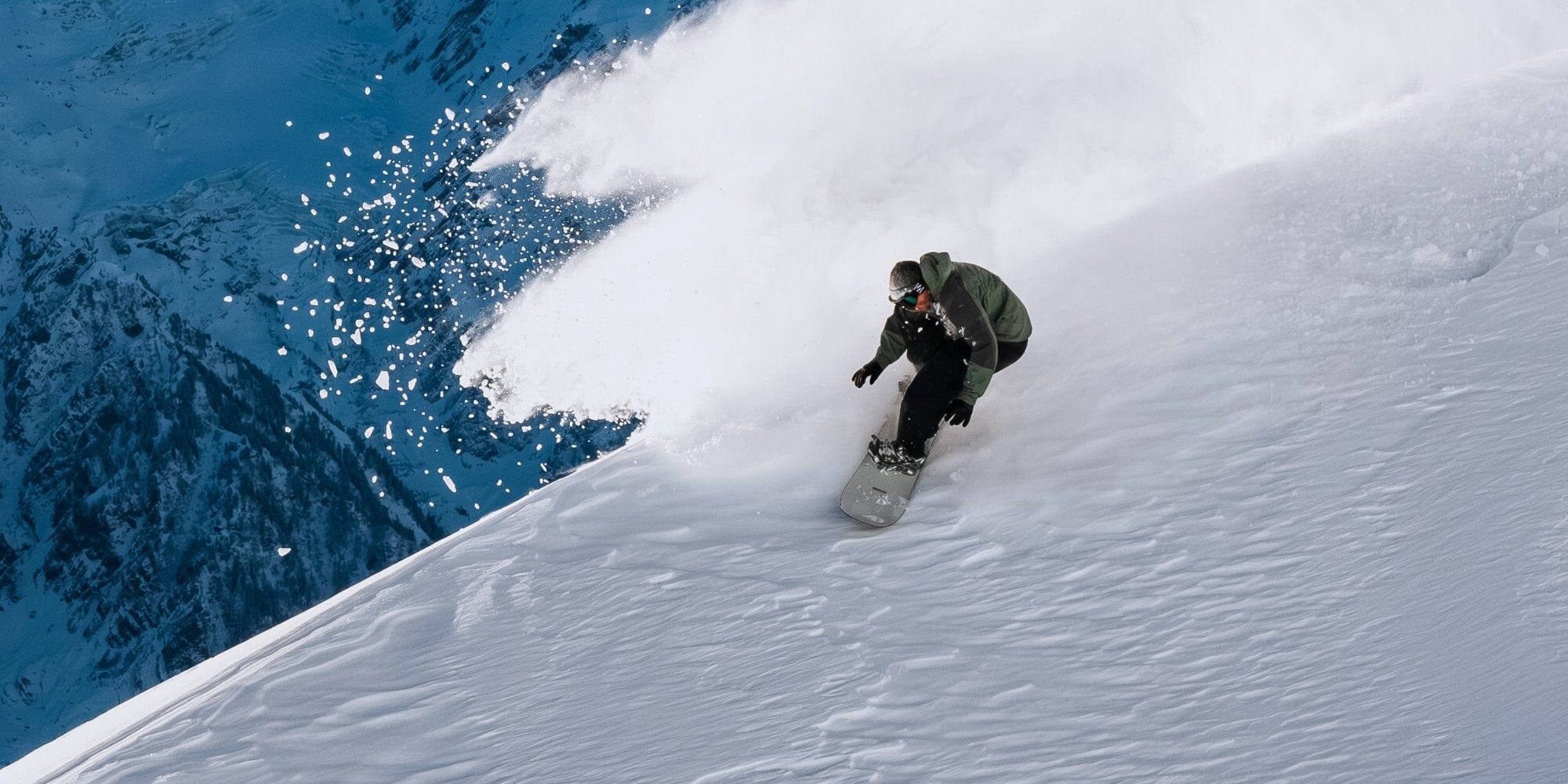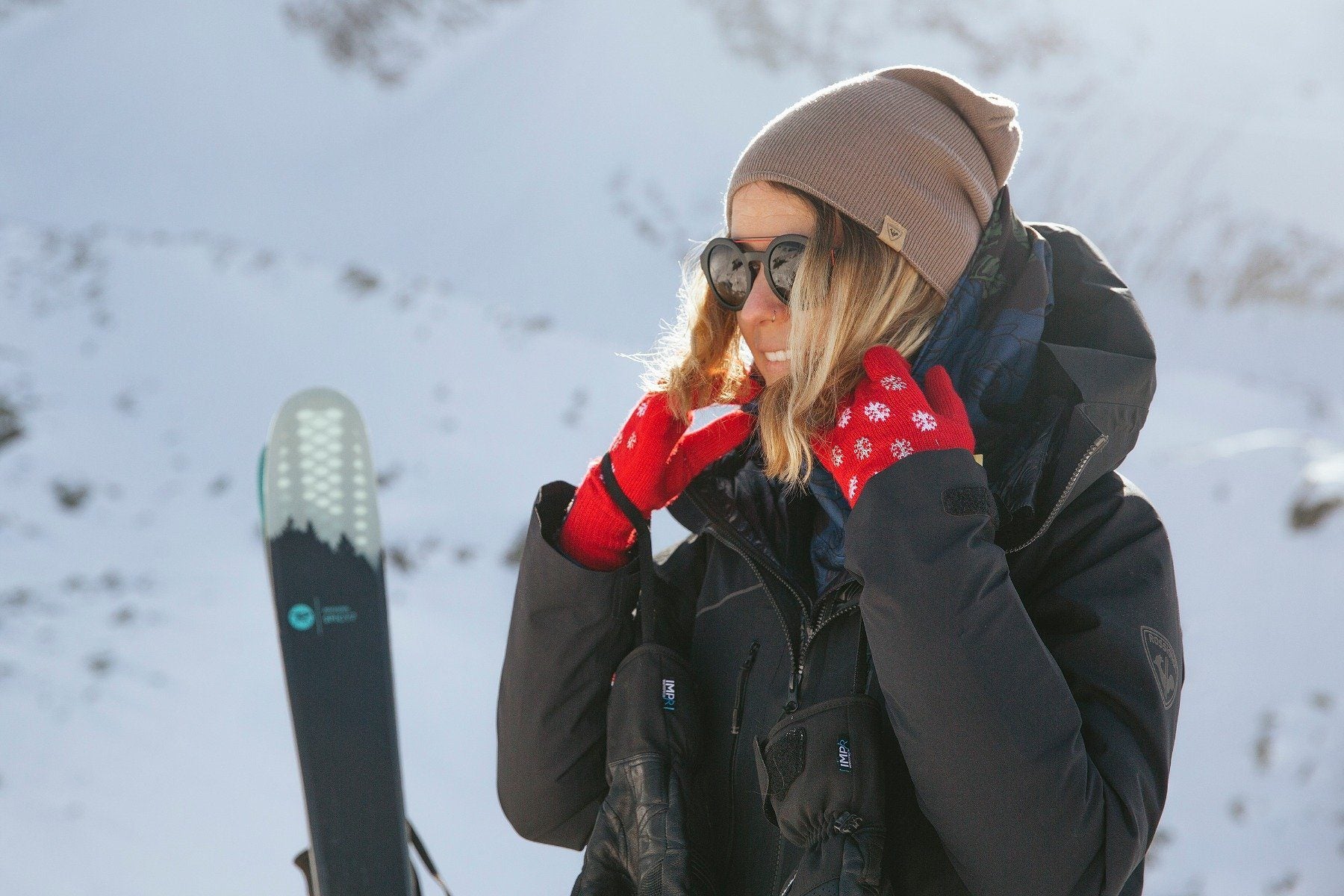Goggles: One of the Most Important Parts of Your Kit
Any skier or snowboarder will tell you—not being able to see properly can ruin your day just as fast as soggy gear or uncomfortable boots. While all goggles offer basic protection from wind and sun, there’s a lot more to consider:
Lens shape, tint, tech, fit, frame size, and interchangeability all make a difference. Let’s break it down so you can find the right pair for you.
Lens Colour & Tint
Your lens colour can make or break visibility, especially in extreme conditions.
- Some lenses are great for low light or whiteouts.
- Others are ideal for bluebird days.
- Every lens colour filters light differently, so don’t just match your jacket—match the conditions.
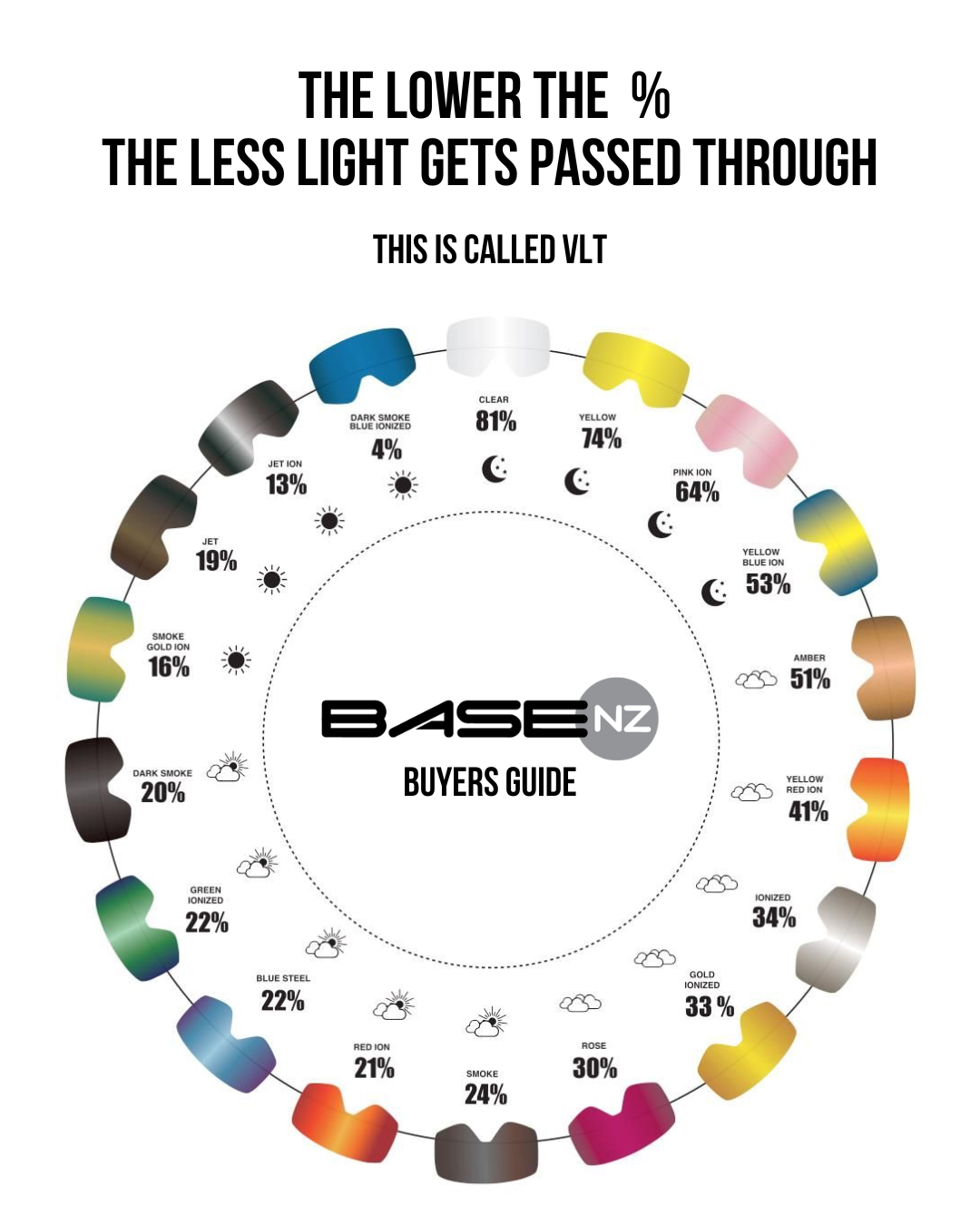
Lens Shape
Cylindrical (Flat) Lenses
- Curve both vertically and horizontally (bubble shape).
- Offer better peripheral vision, less distortion, and reduced glare.
- Typically found in larger frames and higher-end models.
Spherical Lenses
- Curve around the vertical axis only.
- Offer a lower profile and are more affordable.
- Slightly more prone to glare and distortion (though many newer models are much improved).
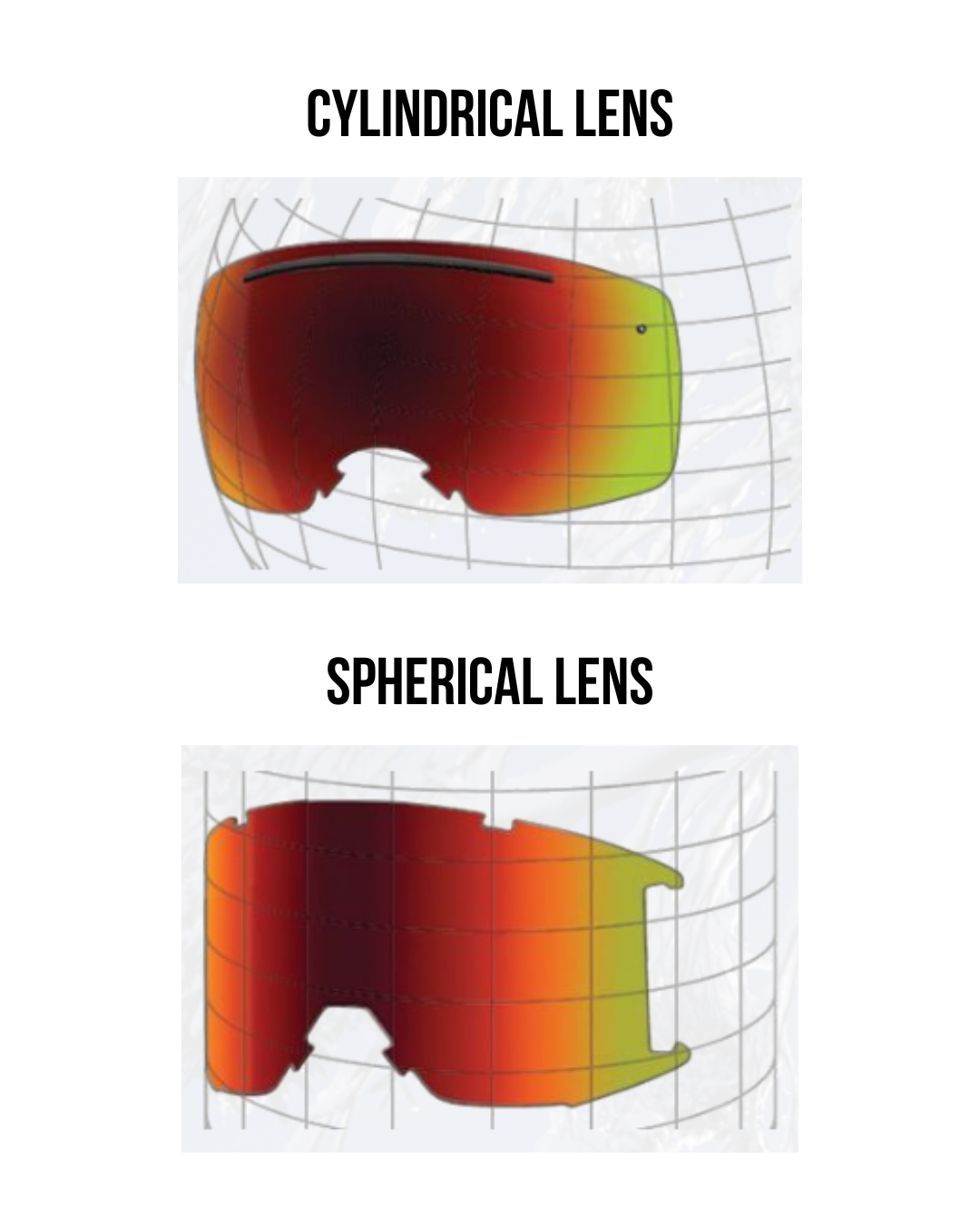
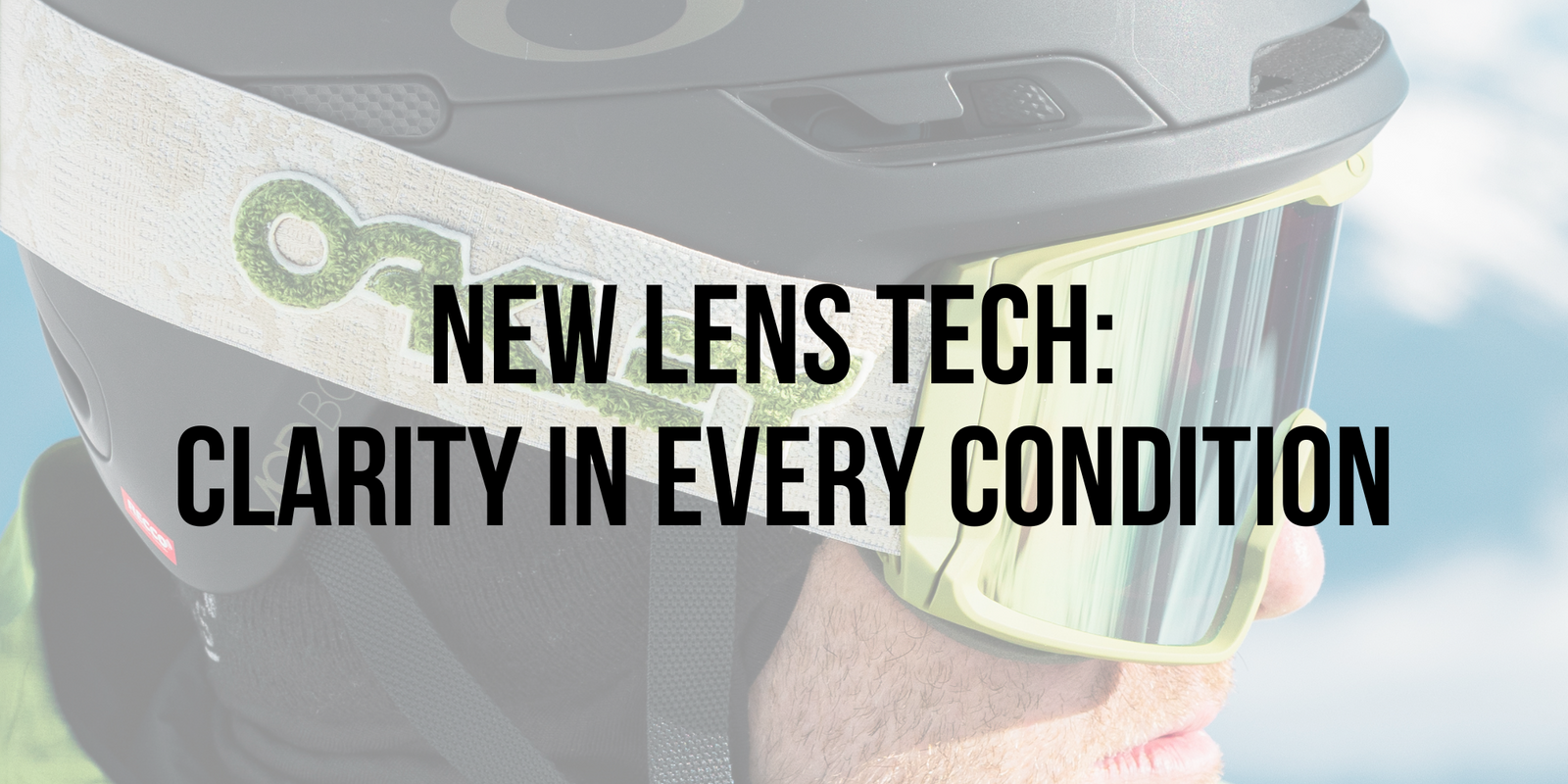
Smith – ChromaPop™
Smith’s ChromaPop™ lens tech is built to help your eyes detect true colour more easily by filtering out specific wavelengths of light that cause colour confusion. The result? Sharper contrast, more natural colours, and crystal-clear clarity in both bright and low light.
It’s ideal for the varied and often unpredictable conditions of New Zealand mountains, where shadows, sun, and cloud can all happen in a single run.
Bonus: Most Smith goggles come with a free ChromaPop low-light lens, so you’re ready no matter the weather.
OAKLEY – Prizm™ Snow
Prizm™ Snow is Oakley’s top-of-the-line lens technology, engineered to dramatically enhance contrast and visibility on snow by fine-tuning individual colours. What that means for you: clearer terrain, sharper definition in ruts and rollers, and less guesswork when navigating ice or powder.
Each lens is tailored for specific weather conditions—from Prizm Black for bright, sunny days to Prizm Rose for stormy whiteouts—so you can choose a lens that fits your riding style and home mountain.
DRAGON – Lumalens®
Dragon’s Lumalens® tech delivers ultra high-definition optics across the entire spectrum of lighting conditions. It works by balancing visible light, enhancing contrast, boosting colour vividness, and reducing eye fatigue—all in real time.
Whether you're lapping groomers at Cardies, ducking into trees at Treble Cone, or hitting powder in Japan, Lumalens gives you sharp, bright visuals and all-day comfort. The clarity in flat light is especially impressive.
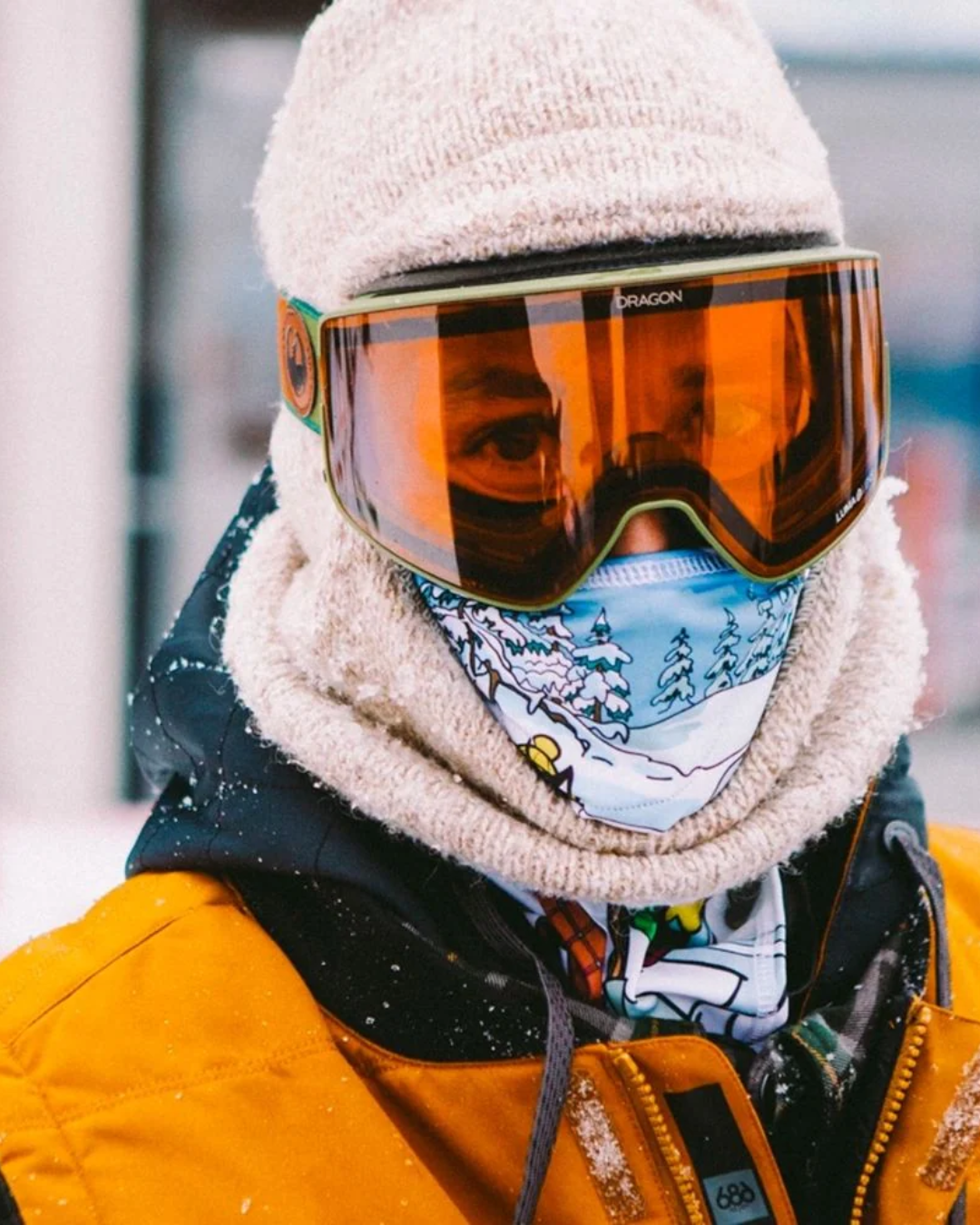
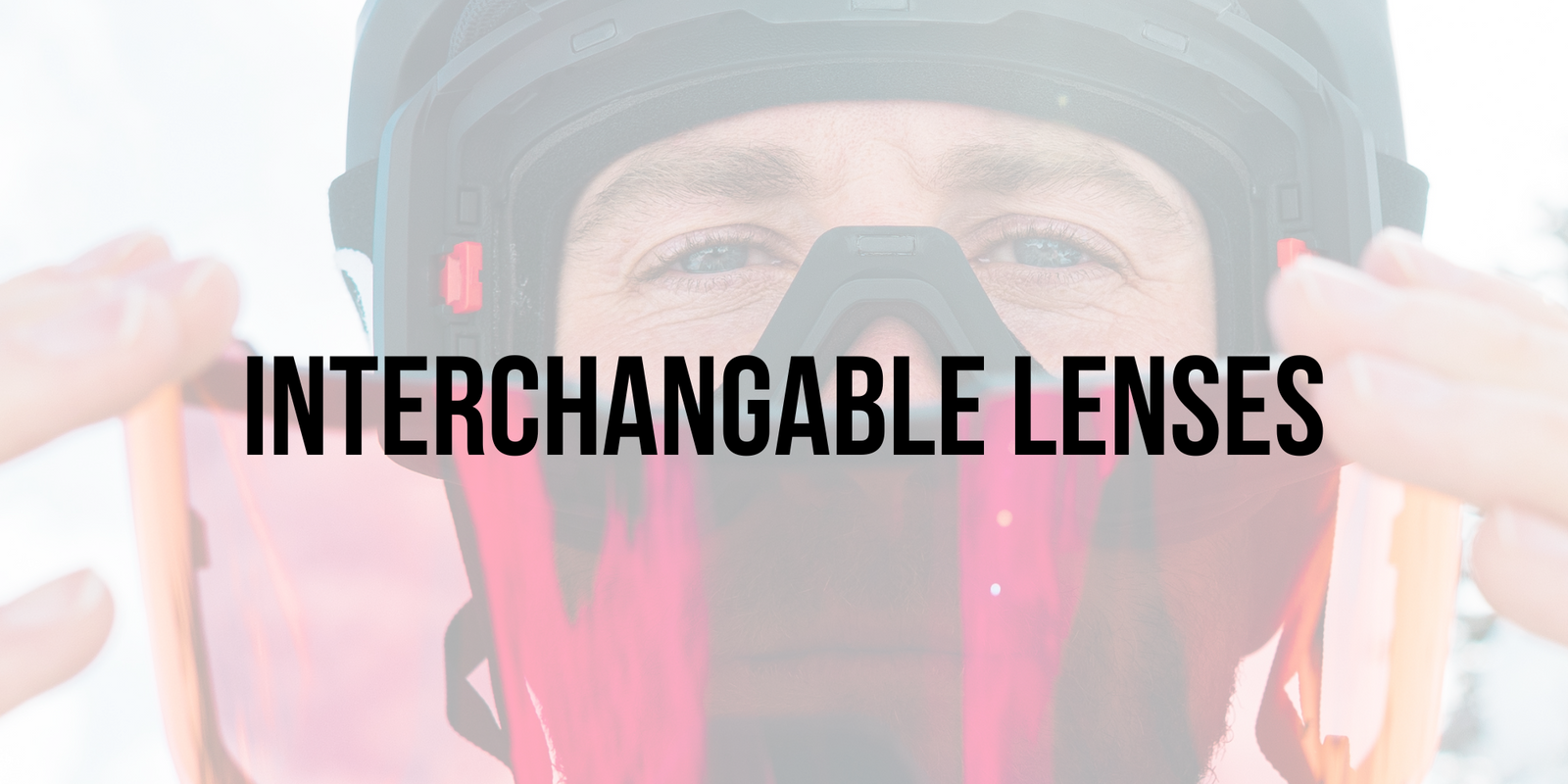
One Goggle - Any Weather
Mountain weather is known to throw curveballs — bluebird in the morning, whiteout by lunch. That’s where interchangeable lenses come in.
No single lens can do it all, which is why most modern goggles offer quick-change systems to swap out your lens for the conditions. Whether it's bright sun or flat light, having the right lens means better visibility and a better time on the hill.
Quick-Change Systems
Many brands now offer glove-friendly tech so you can switch lenses with ease:
- Magnetic Systems – Super fast and slick (Smith, Dragon).
- Secure and low-profile (Oakley’s Ridgelock & Smith’s Responsive Fit system).
Do You Need Two Lenses?
If you’re a bluebird-only rider, one good lens might do the trick. But if you ride no matter the weather, having a sun lens (low VLT) and a low-light lens (high VLT) is a game changer. Luckily, most high-end goggles now include both.

Fit & Frame Size
Getting the right fit is just as important as choosing the right lens. A well-fitted goggle will keep snow and wind out, stay fog-free, and stay comfortable all day — no pressure points, no slipping, and no gaps.
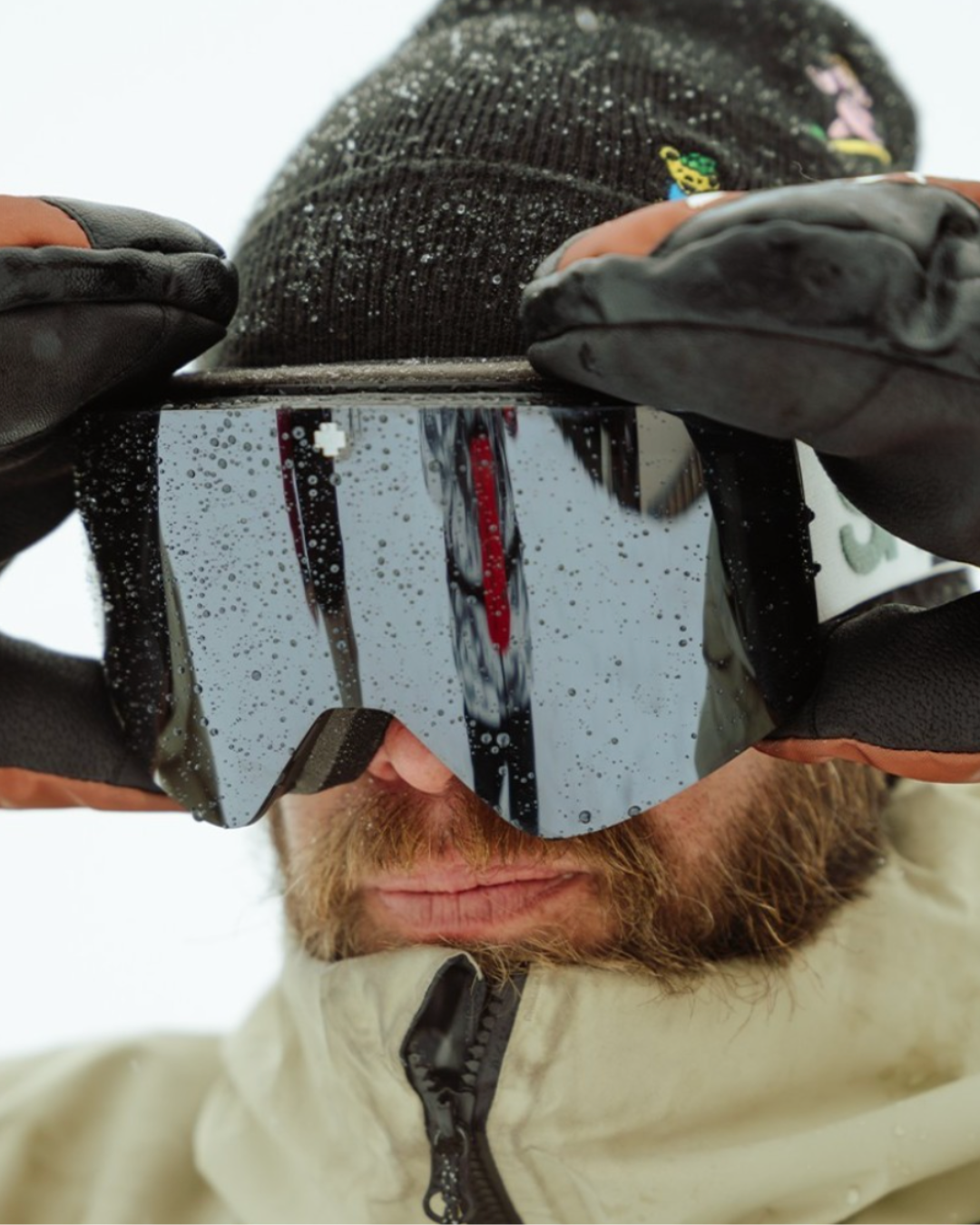
Find The Right Fit
When trying on goggles, they should feel snug but not tight. You want a full seal around your face — especially along your cheeks, across your forehead, and over the bridge of your nose. If you feel pressure on your temples or a gap near your nose, try a different frame size or shape.
Here’s a breakdown of common fit categories:
- Small Fit - Designed for youth, smaller adult faces, and some women-specific models. These are lower profile with a narrower frame width.
- Medium Fit - The most universal size, made to fit the majority of adult faces. This size is often unisex and strikes a balance between field of view and face coverage.
- Large Fit - Built for maximum peripheral vision and lens surface area. Popular for their style and improved view, but only ideal if they sit flush against your face without gaps or discomfort.
Other Fits Of Goggles Include:
If you find that goggles often leave a gap over the bridge of your nose or sit too low on your face, look for models labeled as Asian Fit or Low-Bridge Fit. These frames have additional foam padding around the nose area to create a better seal and more comfort for flatter facial profiles.
Need to wear your prescription glasses under your goggles? OTG models are made just for you. These goggles feature extra internal space, cut-outs in the foam padding at the temples, and sometimes slightly deeper frames so your glasses fit without pressing into your face.
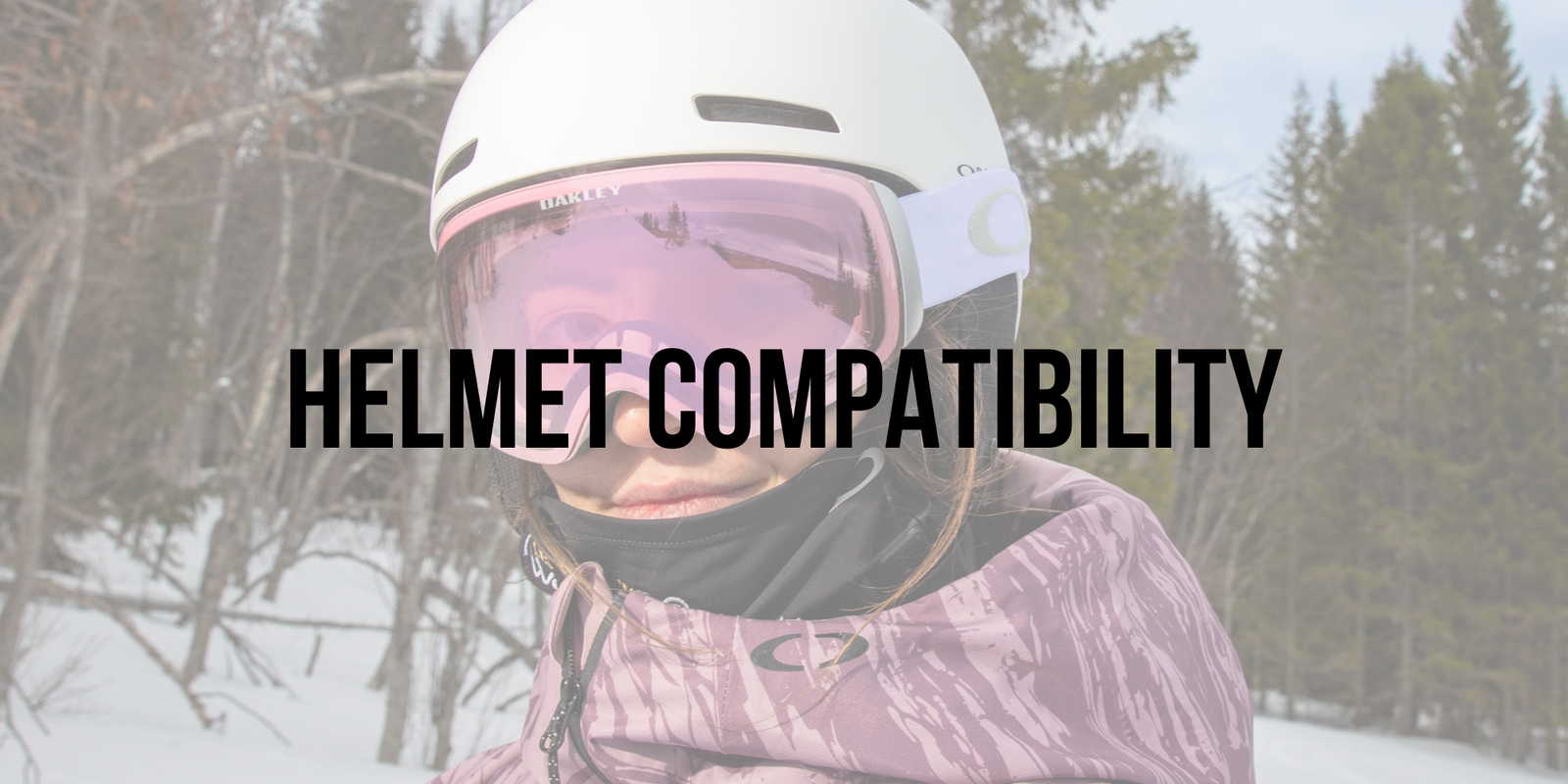
Goggles and helmets should work as a system.
If you already own a helmet, bring it with you when trying on goggles to check the fit. There should be minimal gap between the top of the goggle and the helmet (aka the dreaded gaper gap). The foam should sit flush, and the goggle strap should sit comfortably over or through the helmet’s strap guides.
Pro tip: Brands like Smith & Oakley design their goggles and helmets to work together, so sticking within the same brand can mean better ventilation and a more seamless fit.
Adjustable Straps & Face Placement
Don’t underestimate the power of a good strap. Most goggles feature fully adjustable straps with silicone lining to prevent slipping on your helmet. You can also fine-tune how your goggles sit — if they feel off, try adjusting the height on your face before switching models entirely.
Need Help Choosing?
Not sure which goggle or lens system is right for you?
Drop A Line Below!


